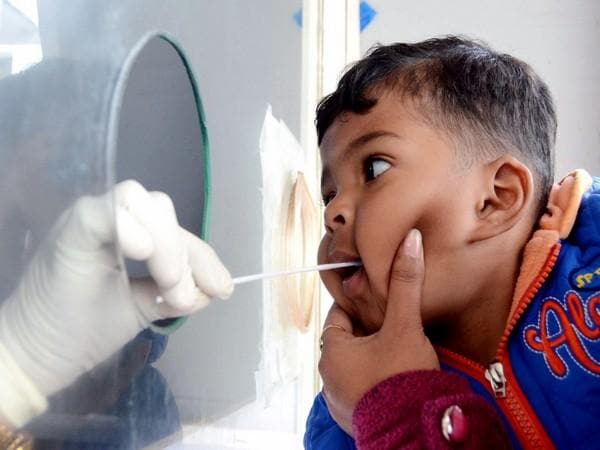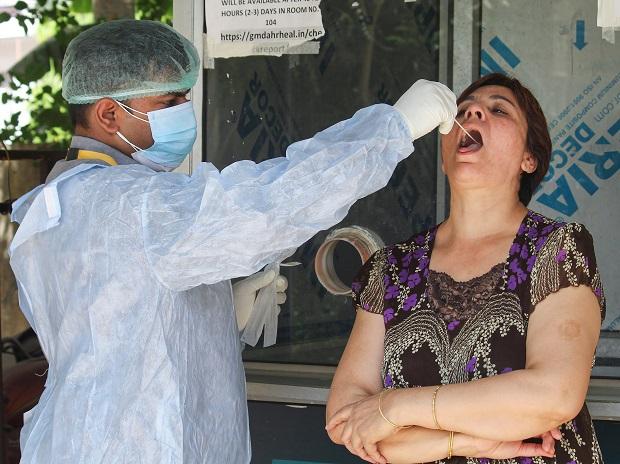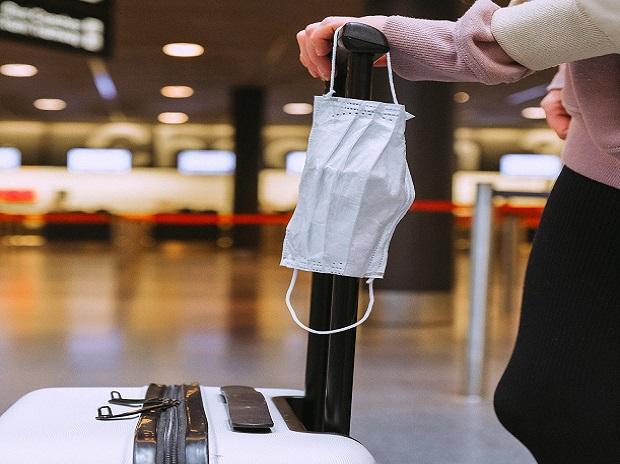WHAT IS COMMUNITY TRANSMISSION OF CORONAVIRUS?

Community Transmission
According to the World Health Organization (WHO), community transmission “is evidenced by the inability to relate confirmed cases through chains of transmission for a large number of cases, or by increasing positive tests through sentinel samples (routine systematic testing of respiratory samples from established laboratories)”.
In other words, a community transmission case is generally accepted as referring to an infected patient without any known contact with another confirmed case of viral infection or recent travel history to or from a country badly affected by a pandemic. Therefore, the community transmission of a virus essentially implies that a virus is moving freely in the community.
A state of community spread implies that the virus is now circulating in the community, and can infect people with no history of travel to or contact with affected people and areas. At this stage, it is theoretically possible for everyone in a community or country to catch the infection.
Community transmission explained
In the context of coronavirus, if a person is diagnosed with Covid-19, their infection is either linked to travel history to a country where the disease is widespread, or if that person has come in contact with someone already infected.
When the source of transmission for a large number of people is not traceable, it is called a community transmission.
Why is community transmission worrisome?
This is particularly worrisome for health officials because that means the virus is in the community but no one knows where it has come from or can track its origins. This also suggests the virus is widespread in a community.
Have there been cases of community transmission in the world?
Cases of community transmission of Covid-19 have been confirmed in the US, UK, Australia and Indonesia.
Coronavirus in India: Has the country reached community transmission stage?
The government has so far maintained that there is no community transmission in India. Some experts, however, disagree. Delhi Health Minister Satyendar Jain on June 9, 2020, said the source of Covid-19 infection in 50 per cent of the cases in the national capital was unknown. It was, however, up to the Centre to declare whether the city had entered the community transmission phase, he added.
The Delhi health minister also indicated that the assessment of the local administration pointed towards the “third stage of spread”. “Director AIIMS Randeep Guleria said (there had been community transmission) but Centre has not yet confirmed it,” Jain said.
Are we infecting one another?
In the context of coronavirus, medical experts say the virus is indigenously spreading — at first it was an outbreak imported from outside, then it became an Indian epidemic and today this is what it is," said Dr Jacob John, a prominent virologist.
"We are infecting each other. That is the true definition of community transmission. The source is now immaterial. It is truly an indigenous epidemic. It is spreading in the community, so, according to my definition, there is community transmission.
Cases of community transmission in other diseases
Most types of influenza and bird flu outbreaks in the past were known to have spread through community transmission. The H1N1 outbreak of 2009, commonly known as swine flu, primarily spread through community transmission.
COMMUNITY TRANSMISSION
-
 Data story: India logs 1,574 new Covid cases; death toll at 529,008
Data story: India logs 1,574 new Covid cases; death toll at 529,008
India has added 9,914 cases in the past 7 days| October 29, 2022, Saturday -
 Data story: India logs 2,208 new Covid cases; death toll at 528,999
Data story: India logs 2,208 new Covid cases; death toll at 528,999
India has added 10,452 cases in the past 7 days| October 28, 2022, Friday -
 Data story: India adds 2,696 new Covid cases; active tally at 28,593
Data story: India adds 2,696 new Covid cases; active tally at 28,593
India has added 17,526 cases in the past 7 days| October 09, 2022, Sunday -
 Data story: India logs 2,529 new Covid cases; death toll at 528,745
Data story: India logs 2,529 new Covid cases; death toll at 528,745
India has added 21,103 cases in the past 7 days| October 06, 2022, Thursday -
 Data story: India records 2,468 new Covid cases; death toll at 528,733
Data story: India records 2,468 new Covid cases; death toll at 528,733
India has added 22,846 cases in the past 7 days| October 05, 2022, Wednesday -
 Data story: India records 1,968 Covid cases, 7 deaths in 24 hours
Data story: India records 1,968 Covid cases, 7 deaths in 24 hours
India's new Covid cases count, at 1,968, was the lowest in 133 days| October 04, 2022, Tuesday -
 Data story: India logs 4,272 new Covid cases; active tally at 40,750
Data story: India logs 4,272 new Covid cases; active tally at 40,750
India has added 30,318 cases in the past 7 days| September 29, 2022, Thursday -
 Data story: India adds 3,615 new Covid cases; death toll at 528,584
Data story: India adds 3,615 new Covid cases; death toll at 528,584
India has added 31,489 cases in the past 7 days| September 28, 2022, Wednesday -
 Data story: India logs 3,230 Covid cases; active tally declines by 1,057
Data story: India logs 3,230 Covid cases; active tally declines by 1,057
India has added 37,213 cases in the past 7 days| September 27, 2022, Tuesday -
 Data story: India records 4,129 new Covid cases; active tally at 43,415
Data story: India records 4,129 new Covid cases; active tally at 43,415
India has so far administered 2,176,835,714 vaccine doses| September 26, 2022, Monday
